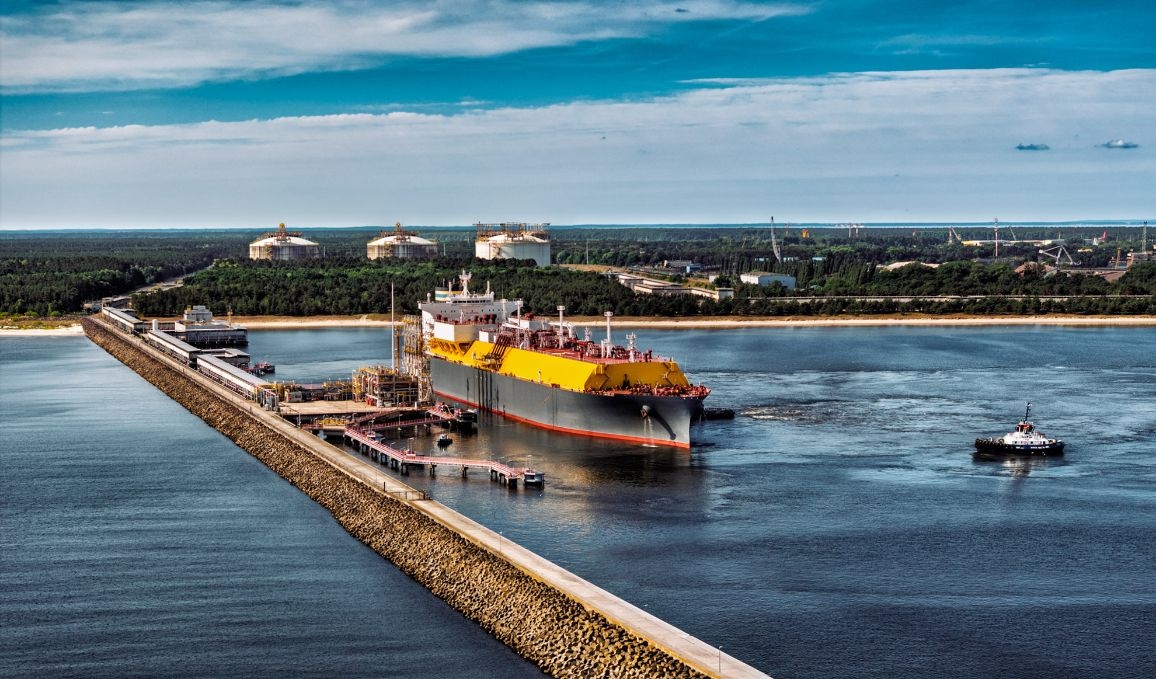Gaz-System FSRU study shows quadruple demand

Poland’s natural gas transmission system operator, Gaz-System has conducted a market study on expanding FSRU Terminal capacity, with 14 domestic and international firms participating, the company announced.
The results show that demand for 2031–2032 nearly quadrupled the planned 4.5 billion cubic meter/year capacity of the second FSRU unit. Nearly half of this would go to exports for Ukraine, Slovakia, Czechia, and Lithuania (6.9–8.9 billion cubic meter, potentially dropping to 2.6 billion cubic meter/year later). Most participants showed interest in long-term regasification services from 2028 to 2048. Many highlighted the early 2030s as a critical start date for LNG deliveries.
Potential users could also indicate their preferred service model. The vast majority opted for a bundled service covering berthing, unloading, and regasification, with the option to share allocated capacity among users via agreements within a single slot or across multiple slots throughout the year. Gaz-System is consulting interested firms and refining the service model.
“The results of this non-binding study confirm the growing role of LNG in diversifying supply sources and meeting gas market needs in Poland and Central and Eastern Europe,” said Sławomir Hinc, President of Gaz-System’s Management Board. “It signals the need for further market dialogue on expanding regasification capacity at the Gdańsk LNG Terminal. We are therefore preparing a binding Open Season procedure, planned for Q1 2026.”
The FSRU terminal project is a strategic investment in Poland’s and the region’s gas infrastructure. It will provide facilities to receive, store and regasify over 6 billion cubic meters of gas annually. The regasification unit is under construction at Hyundai Heavy Industries in South Korea. It will be permanently moored in southern Gdańsk Bay near the Port of Gdańsk, next to the Baltic Hub and approach fairway. This will be Poland’s second LNG terminal after Świnoujście, capable of receiving LNG by sea.
The FSRU project includes the construction of the quay and offshore pipeline, as well as the expansion of the national transmission system with nearly 250 kilometres of new onshore pipelines. The new terminal is expected to be commissioned around late 2027 or early 2028.
ceenergynews









